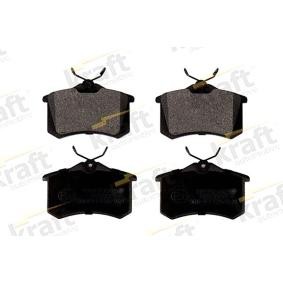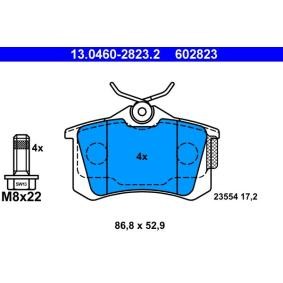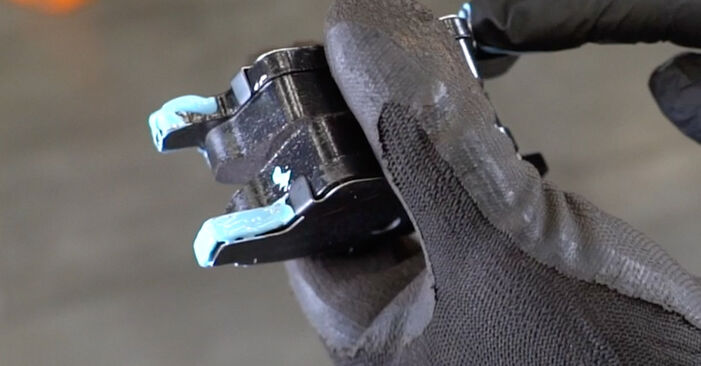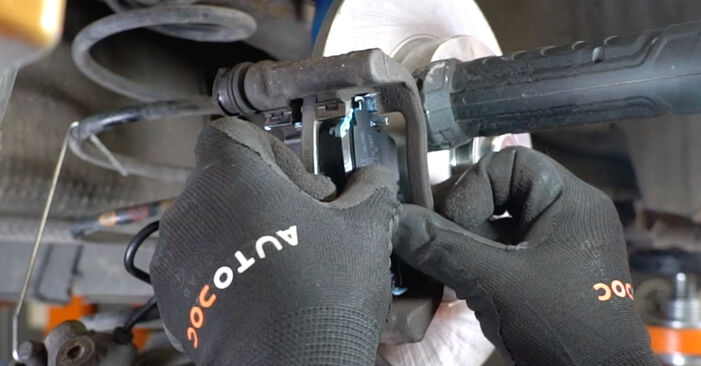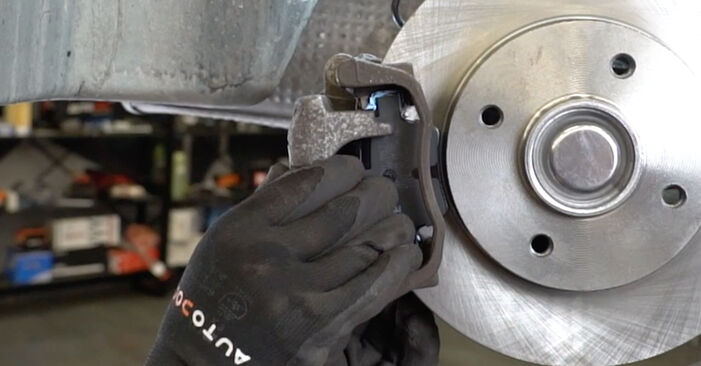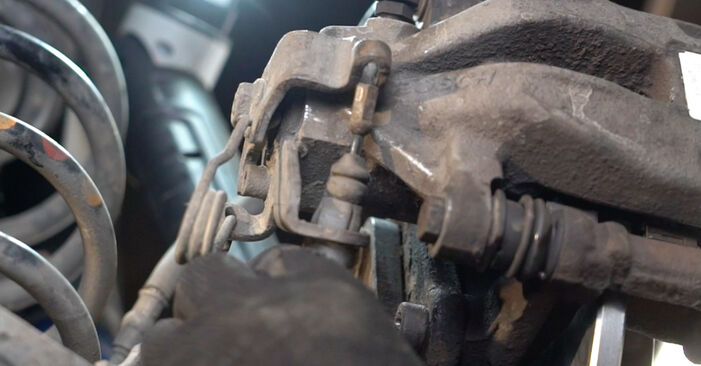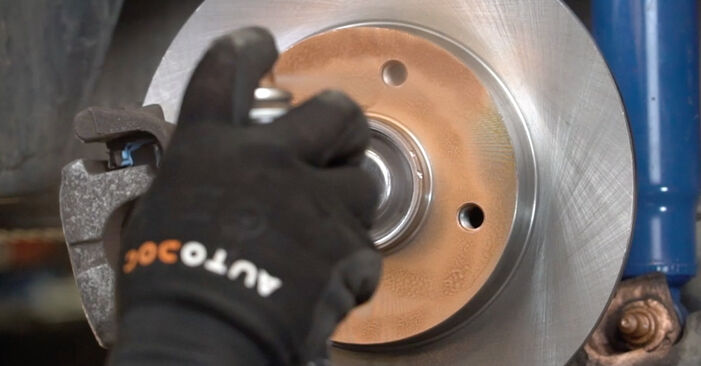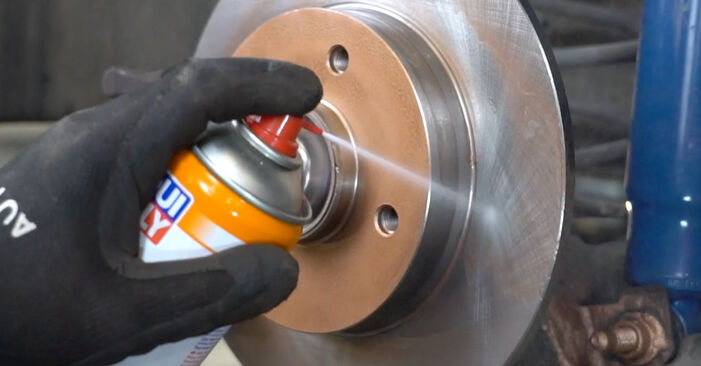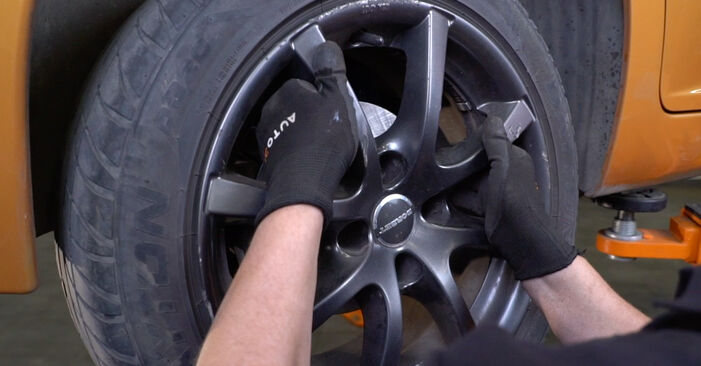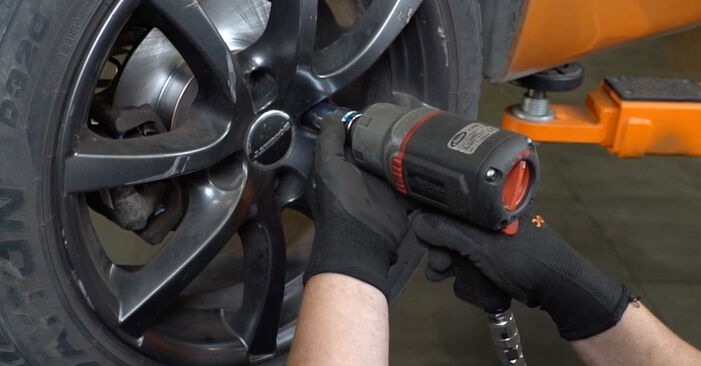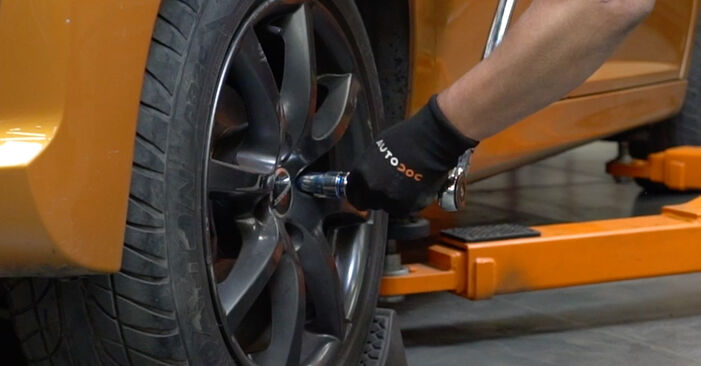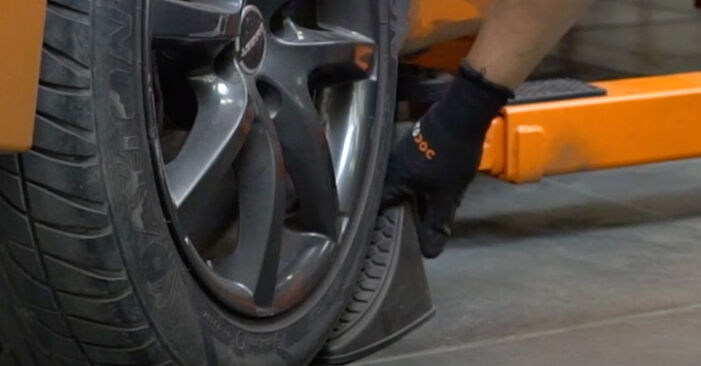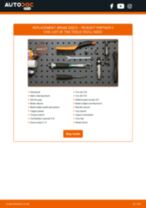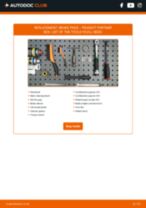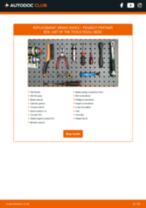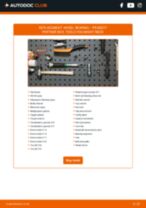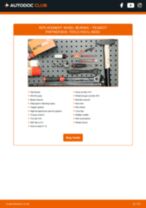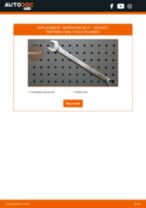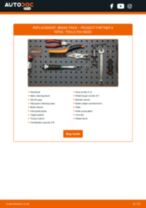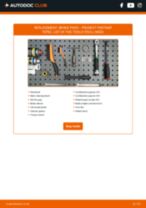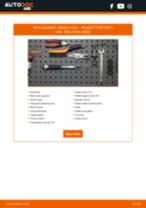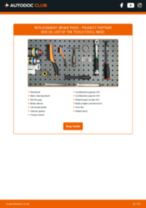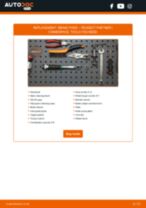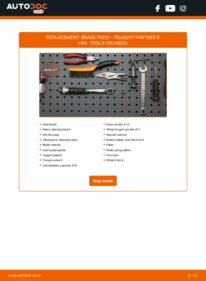
Disclaimer
How to change rear brake pads on PEUGEOT Partner II Van – replacement guide
downloads:
25
Views:
668
Recommended replacement interval for the part category Brake pad set : 30000 km
Important!
This replacement procedure can be used for:
PEUGEOT PARTNER Box 1.6 HDi, PEUGEOT PARTNER Box Électrique, PEUGEOT PARTNER Box 1.6 BlueHDi, PEUGEOT PARTNER Box 1.6 BlueHDi, PEUGEOT PARTNER Box 1.6 HDi / BlueHDi, PEUGEOT PARTNER Box 1.6 HDi 16V … View more
The steps may slightly vary depending on the car design.
PEUGEOT PARTNER Box 1.6 HDi, PEUGEOT PARTNER Box Électrique, PEUGEOT PARTNER Box 1.6 BlueHDi, PEUGEOT PARTNER Box 1.6 BlueHDi, PEUGEOT PARTNER Box 1.6 HDi / BlueHDi, PEUGEOT PARTNER Box 1.6 HDi 16V … View more
The steps may slightly vary depending on the car design.
This video shows the replacement procedure of a similar car part on another vehicle
All the parts you need to replace – Brake Pads for PARTNER Box and other PEUGEOT models
Alternative products
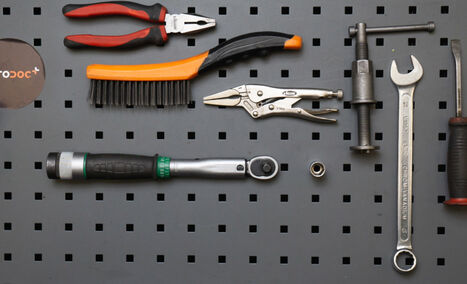
Wire brush
Nylon cleaning brush
WD-40 spray
All-purpose cleaning spray
Brake cleaner
Anti-squeal paste
Copper grease
Torque wrench
Combination spanner #19
Drive socket # 13
Wheel impact socket #17
Ratchet wrench
Brake caliper wind back tool
Pliers
Water pump pliers
Crow bar
Wheel chock
Replacement: brake pads – PEUGEOT PARTNER Box. AUTODOC recommends:
- Perform the replacement of brake pads in complete set for each axis. This provides effective braking.
- The replacement procedure is identical for all brake pads on the same axle.
- Warning! Shut down the engine before starting any work – PEUGEOT PARTNER Box.
Carry out replacement in the following order:
- Step 1Open the bonnet. Unscrew the brake fluid reservoir cap.Step 2Secure the wheels with chocks.Step 3
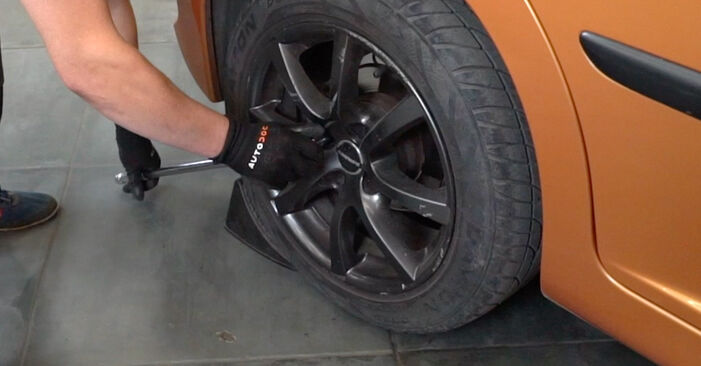 Loosen the wheel mounting bolts. Use wheel impact socket #17.
Loosen the wheel mounting bolts. Use wheel impact socket #17. - Step 4Raise the rear of the car and secure on supports.Step 5
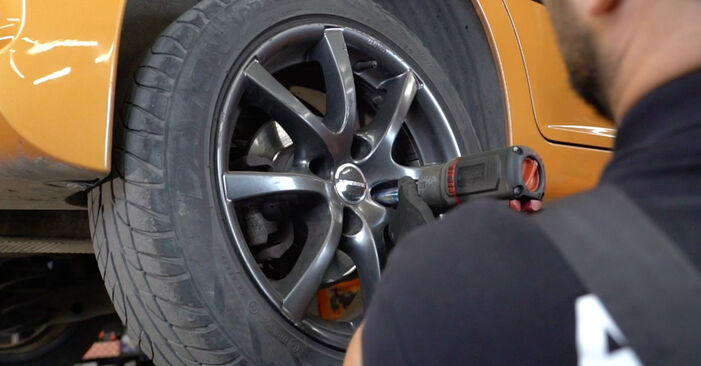 Unscrew the wheel bolts.Replacement: brake pads – PEUGEOT PARTNER Box. Tip:To avoid injury, hold up the wheel when unscrewing the bolts.
Unscrew the wheel bolts.Replacement: brake pads – PEUGEOT PARTNER Box. Tip:To avoid injury, hold up the wheel when unscrewing the bolts. - Step 6
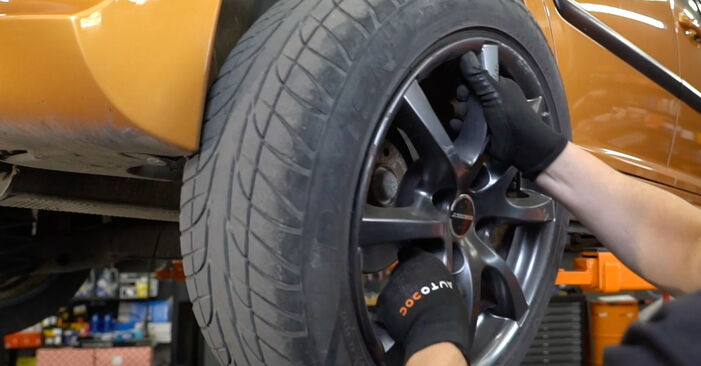 Remove the wheel.
Remove the wheel. - Step 7
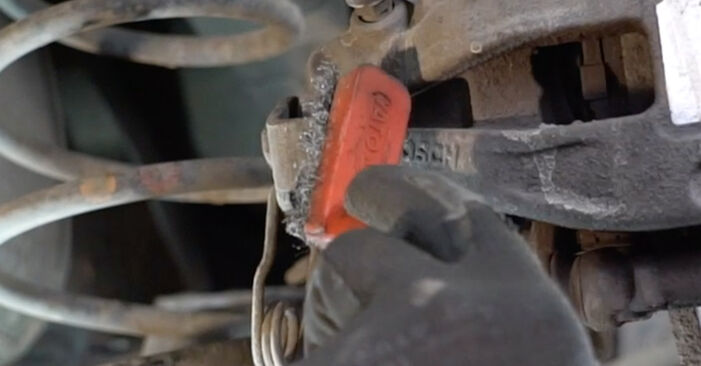 Clean the fastener of the parking brake cable. Use a wire brush. Use WD-40 spray.
Clean the fastener of the parking brake cable. Use a wire brush. Use WD-40 spray. - Step 8
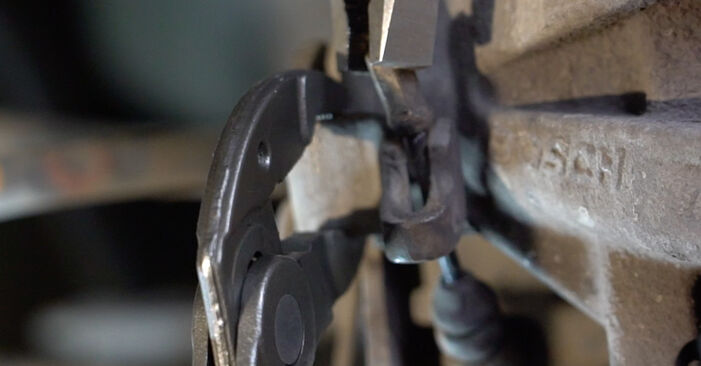 Release the parking brake cable. Use water pump pliers. Use pliers. Use a crowbar.
Release the parking brake cable. Use water pump pliers. Use pliers. Use a crowbar. - Step 9
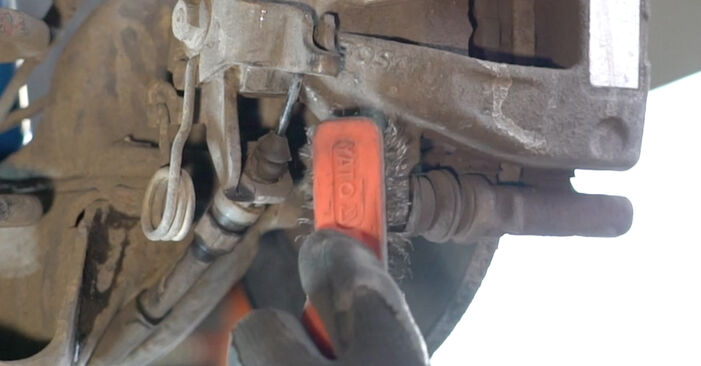 Clean the brake caliper fasteners. Use a wire brush. Use all-purpose cleaning spray.
Clean the brake caliper fasteners. Use a wire brush. Use all-purpose cleaning spray. - Step 10
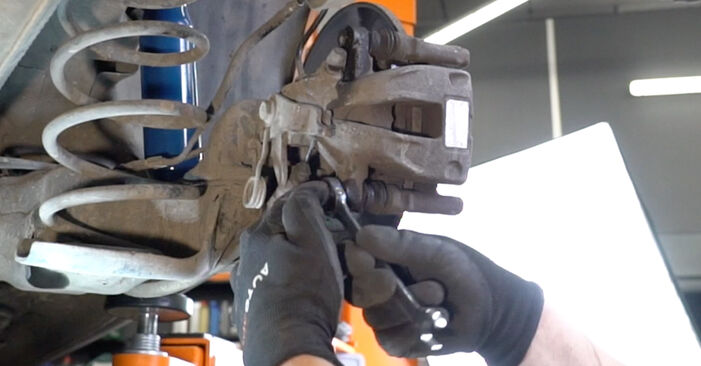 Unscrew the brake caliper fastening. Use a combination spanner #19. Use a drive socket #13. Use a ratchet wrench.
Unscrew the brake caliper fastening. Use a combination spanner #19. Use a drive socket #13. Use a ratchet wrench. - Step 11
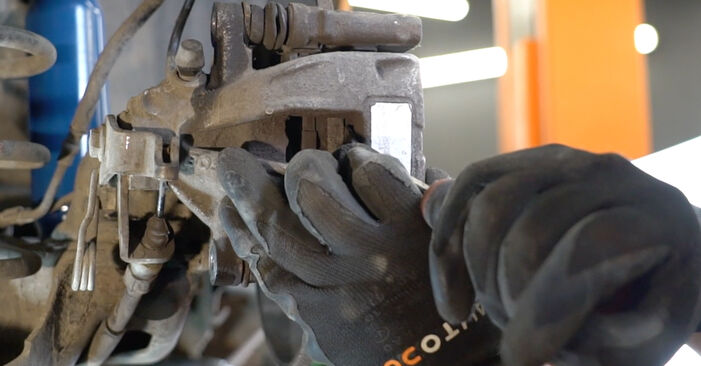 Spread the brake pads. Use a crowbar.
Spread the brake pads. Use a crowbar. - Step 12
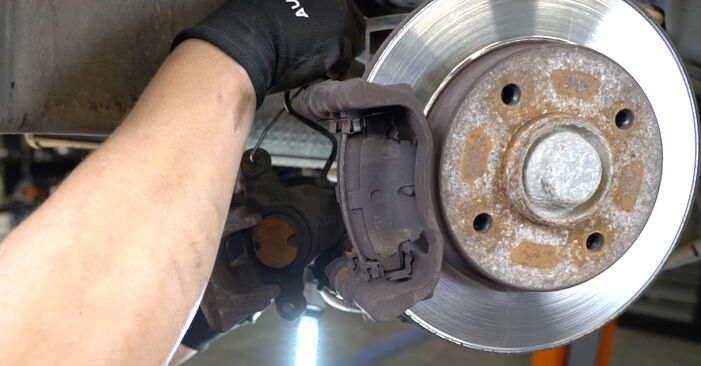 Remove the brake caliper.Replacement: brake pads – PEUGEOT PARTNER Box. Professionals recommend:Tie the caliper to the suspension or to the body with a wire without disconnecting from the brake hose to prevent depressurization of the brake system.Make sure that the brake caliper is not hanging on the brake hose.Don't press the brake pedal after the brake caliper has been removed. As a result, the piston can fall out from the brake cylinder, and brake fluid leakage and depressurization of the system may occur. Check the brake caliper bracket, brake caliper guide pins and boots. Clean them. Replace, if necessary.
Remove the brake caliper.Replacement: brake pads – PEUGEOT PARTNER Box. Professionals recommend:Tie the caliper to the suspension or to the body with a wire without disconnecting from the brake hose to prevent depressurization of the brake system.Make sure that the brake caliper is not hanging on the brake hose.Don't press the brake pedal after the brake caliper has been removed. As a result, the piston can fall out from the brake cylinder, and brake fluid leakage and depressurization of the system may occur. Check the brake caliper bracket, brake caliper guide pins and boots. Clean them. Replace, if necessary. - Step 13
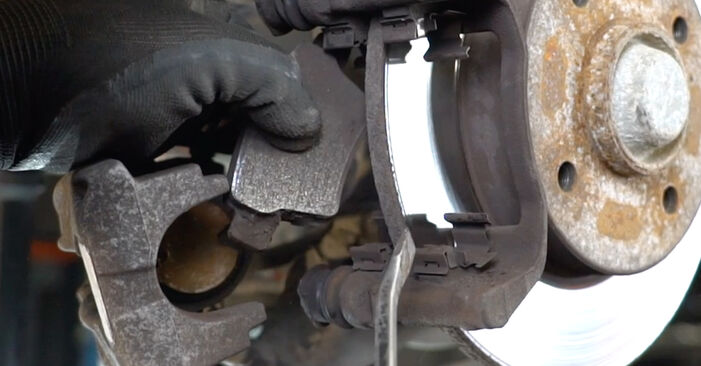 Remove the brake pads. Use a crowbar.AUTODOC recommends:Measure the brake disc thickness. Upon reaching the wear limit the part must be replaced.
Remove the brake pads. Use a crowbar.AUTODOC recommends:Measure the brake disc thickness. Upon reaching the wear limit the part must be replaced. - Step 14
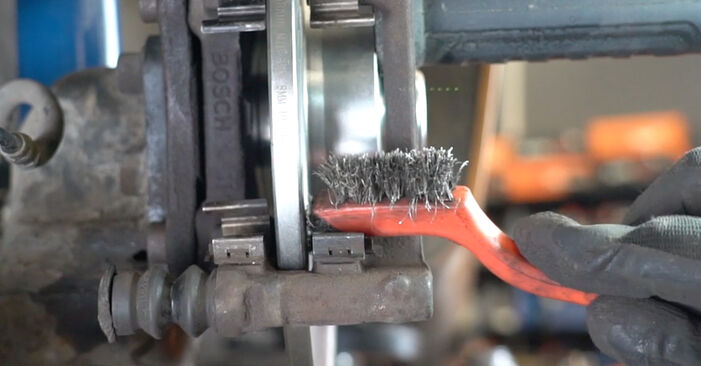 Clean the brake caliper bracket from dirt and dust. Use a wire brush. Use a brake cleaner.AUTODOC recommends:After applying the spray, wait a few minutes.
Clean the brake caliper bracket from dirt and dust. Use a wire brush. Use a brake cleaner.AUTODOC recommends:After applying the spray, wait a few minutes. - Step 15
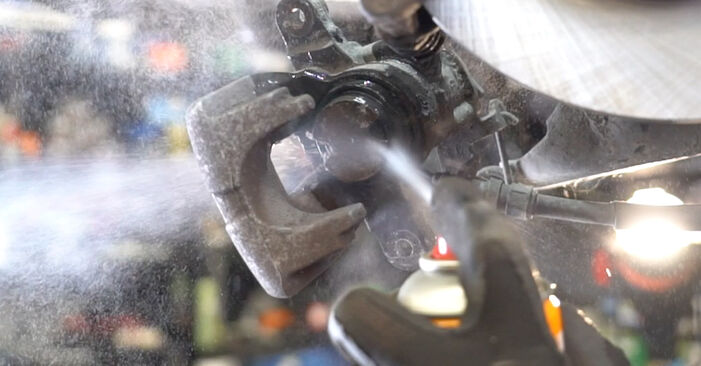 Treat the brake caliper piston. Use a nylon cleaning brush. Use a brake cleaner.Replacement: brake pads – PEUGEOT PARTNER Box. Tip from AUTODOC:After applying the spray, wait a few minutes.
Treat the brake caliper piston. Use a nylon cleaning brush. Use a brake cleaner.Replacement: brake pads – PEUGEOT PARTNER Box. Tip from AUTODOC:After applying the spray, wait a few minutes. - Step 16
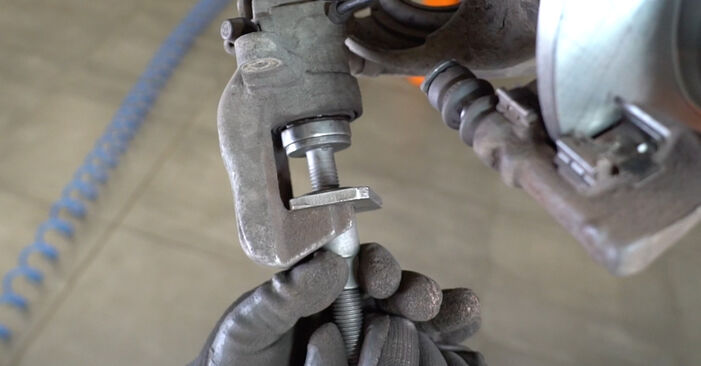 Press in the brake caliper piston. Use brake caliper wind back tool.
Press in the brake caliper piston. Use brake caliper wind back tool.
Was this manual helpful?
Please rate this manual on a scale from 1 to 5. If you have any questions, feel free to ask us.
Users voted – 0
Need New Tyres?
Find out which tyre and wheel sizes are compatible with the PEUGEOT Partner II Van model

Popular maintenance tutorials for Peugeot Partner K9
Complete guides for changing the Brake pad set on different PEUGEOT PARTNER models
Unlock your car maintenance assistant!
Track expenses, manage logs, schedule replacements, and more.
Tips & tricks for your PEUGEOT PARTNER Box
View more
 #DIY Wheel Rim Restoration: Revive Scratches and Chips Easily!
#DIY Wheel Rim Restoration: Revive Scratches and Chips Easily! 5 tools that make car repair incredibly simple | AUTODOC tips
5 tools that make car repair incredibly simple | AUTODOC tips How to Prevent Premature Wear on Your Car Boot Damper | AUTODOC
How to Prevent Premature Wear on Your Car Boot Damper | AUTODOC Fuse Replacement Made Simple: Step-by-Step Guide | AUTODOC
Fuse Replacement Made Simple: Step-by-Step Guide | AUTODOC
Most commonly replaced car parts on PEUGEOT PARTNER

Time to replace parts? Get even better deals in our Shop app.

SCAN ME



